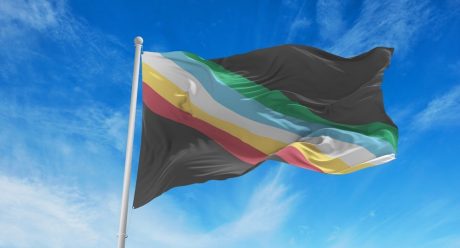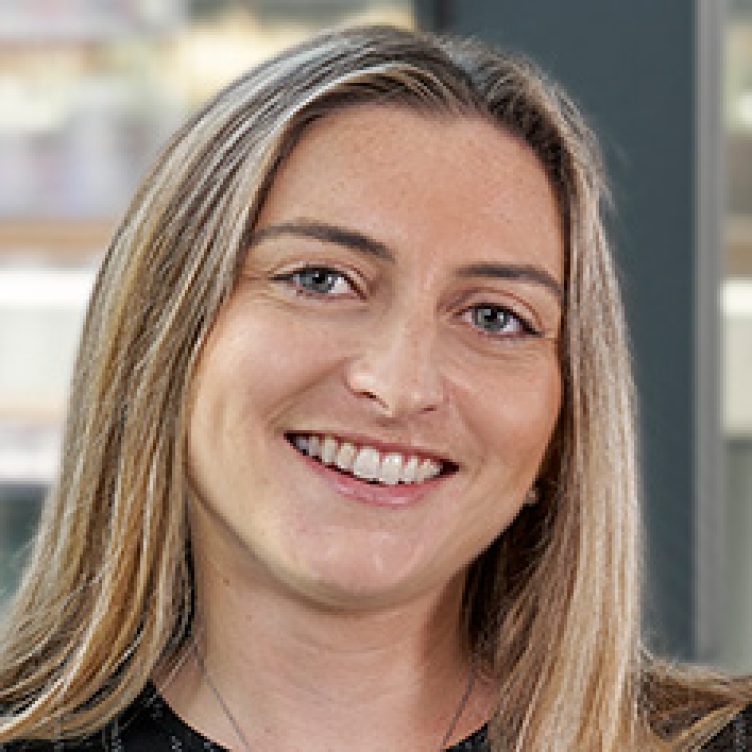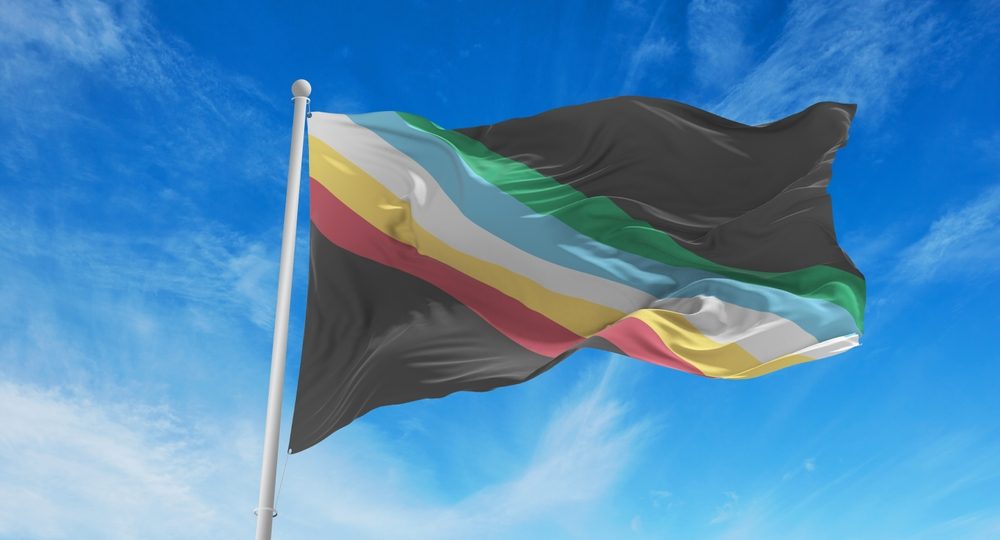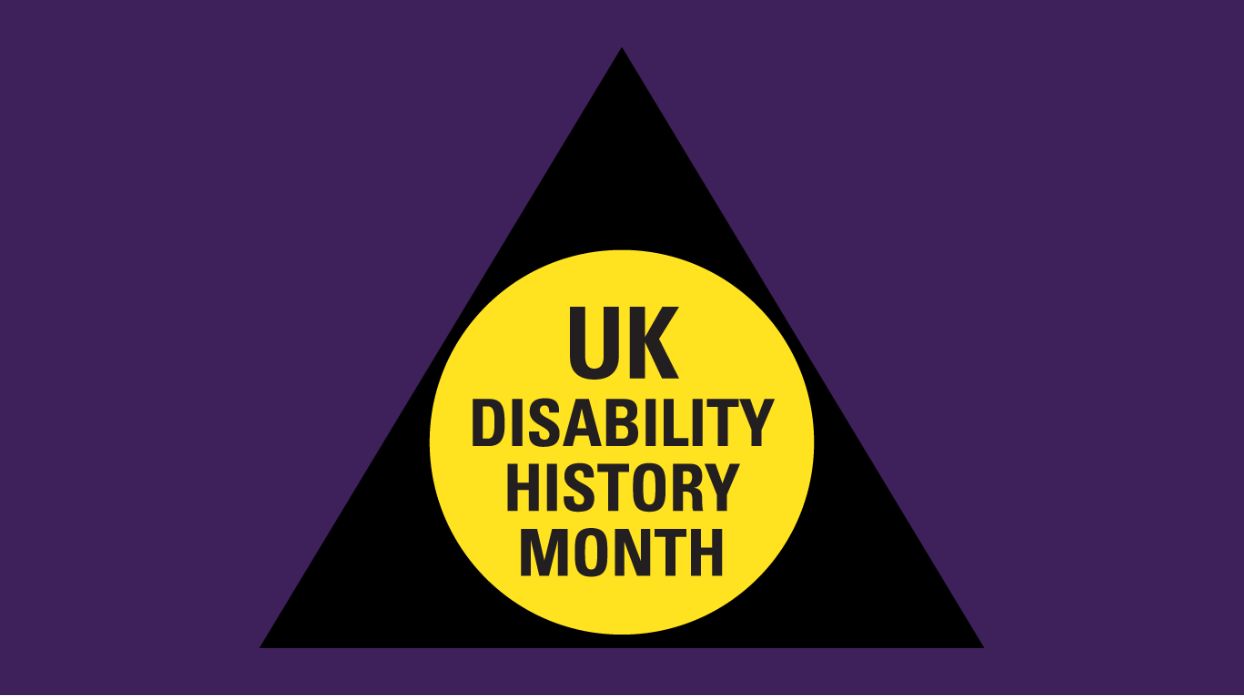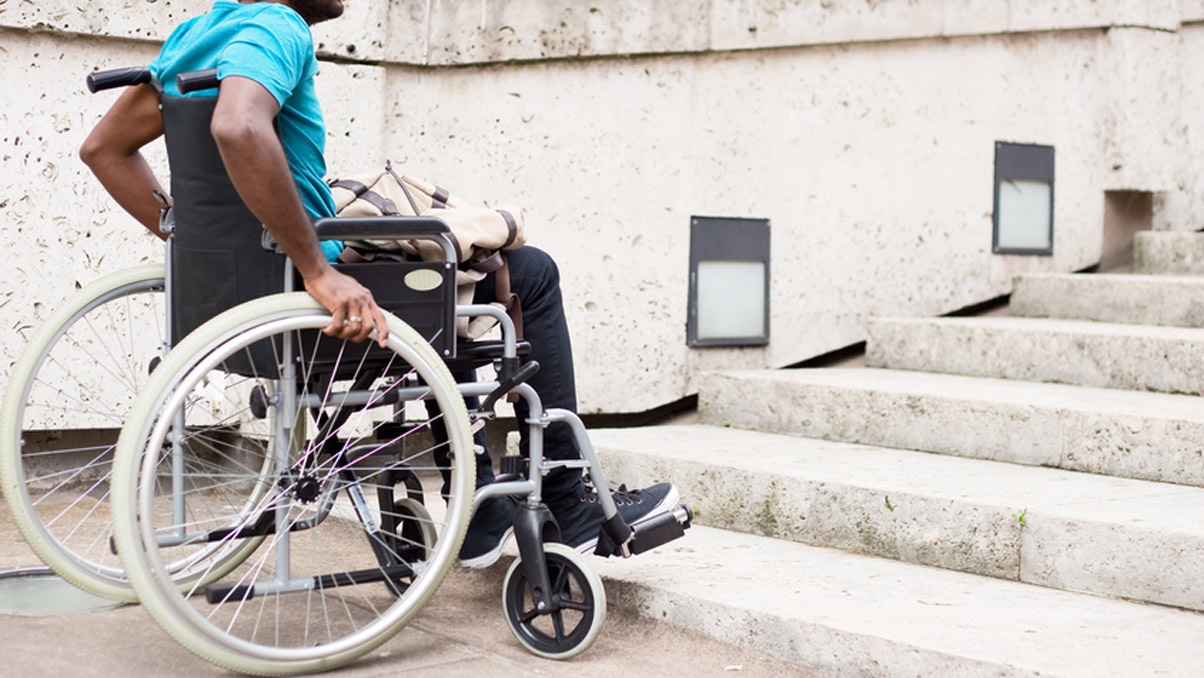Each July marks Disability Pride Month, which is a time to celebrate the identities, achievements and culture of those with disabilities, as well as promote inclusion and accessibility and challenge ableism in all its forms.
In this article, trainee solicitor Gemma Laing explains the significance of this annual global event.
What is Disability Pride Month?
The first disability pride event took place on 22 July 1990 in Boston, Massachusetts, just four days before the Americans with Disabilities Act 1990 was signed into law in the US. Disability Pride Month is now observed internationally, with events taking place worldwide.
What is ableism?
The term “ableism” is used in discussions about disability issues but is often misunderstood. It is not simply discrimination against people with disabilities, but includes a broader system of oppression, including stereotypes and practices that devalue and disadvantage people with disabilities. It is important to understand what the term means so that we are able to tackle it.
According to the disability charity Scope: “Ableism is discrimination in favour of non-disabled people.”
To better understand the wider system of ableism and how it manifests itself, it can be helpful to categorise forms of ableism as either “personal ableism”, referring to our personal biases towards people with disabilities; or “systemic ableism”, referring to how law, policy and practices impact people with disabilities.
For instance, someone being visually disgusted by an individual with a body that appears to be “different” to theirs would be an example of personal ableism. Social policy that aims to “care” for disabled people through intensive protection and isolation (for example, separating disabled people from their families in large institutions) would be an example of systemic ableism.
Understanding ableism is crucial to promoting the aims of Disability Pride Month, which are to challenge ableism and celebrate disability in all its forms, as represented by the Disability Pride Flag.
What is the Disability Pride Flag, and what does it represent?
The Disability Pride Flag was designed by disabled writer Ann Magill, with the aim of visually representing the barriers that many people with disabilities face. Each colour represents a different obstacle.
 Charcoal background: Represents people who have experienced ableism and to protest against it.
Charcoal background: Represents people who have experienced ableism and to protest against it.
Red stripe: Physical disabilities (eg amputations and spinal cord injuries)
Gold stripe: Neurodivergence (eg autism and ADHD)
White stripe: Invisible and undiagnosed disabilities (eg anxiety and diabetes)
Blue stripe: Emotional and psychiatric conditions (eg depression and bipolar disorder)
Green stripe: Sensory disabilities (eg deafness and blindness)
Why does Disability Pride Month matter?
As an able-bodied person, it can be easy to overlook the barriers disabled people face every day. Despite years of advocacy, disabled people are still confronted with healthcare inequality and inaccessible workplaces. According to a House of Commons Committee report, Inequalities in healthcare and employment for people with a learning disability and autistic people, individuals with autism and learning difficulties experience lower life expectancies and more avoidable deaths compared to the general population.
On top of this, disabled people are still greatly underrepresented in politics, media and public life, acting to compound the ableism that remains deeply rooted in society. Representation is important. Increasing the number of disabled voices in politics means that disabled issues are more likely to be considered when decisions around law and policy are made. The media, including TV and film, is a powerful way of shaping public perception of those with disabilities, so increasing positive representation of disabled people in the media is critical.
Disability Pride Month matters because it raises awareness of the challenges that people with disabilities face and celebrates the identities of disabled people. This is important for able-bodied individuals who are not familiar with the experiences of people with disabilities, as they can bring this awareness into their workplaces and personal lives. In turn, this will help bring about the positive changes needed to break down the barriers disabled people face.
Most importantly, Disability Pride Month matters to people with disabilities and provides a space for them to come together. It is a time to celebrate their identities and culture with others who face similar challenges to themselves.
How can Disability Pride Month help those who are recovering from serious injuries?
Stewarts’ Personal Injury team has many clients who experience both temporary and permanent disabilities following their accidents. It can be difficult for people who were previously able-bodied to suddenly find themselves having to navigate their new identity as a disabled person post-injury. Some of our clients, for example, amputees, have gained strength and confidence through meeting other people with similar injuries to them at places such as rehabilitation centres or disability-friendly gyms.
Disability Pride Month events can act as a similar source of solace, bringing together people with disabilities to help them come to terms with their new identity in a positive way. Meeting others who are going through similar challenges reduces the feeling of being alone in their experiences.
Due to the nature of our client’s life-changing injuries, many experience a range of disabilities represented in the Disability Pride Flag. Most people who have sustained serious injuries in an accident have resulting physical disabilities (represented by the red stripe in the Disability Pride Flag) as well as psychiatric conditions stemming from the trauma of the event of injury (represented by the blue stripe). It is also important to be aware that people who have sustained brain injuries have disabilities that are often non-visible to others (represented by the white stripe). Some of our clients with brain injuries present as “able” to the outside world while being significantly impaired by their brain injury in everyday life.
The disabilities arising from our clients’ injuries can impact their ability to advocate for themselves in the healthcare environment and put them at a disadvantage in the workplace. For example, when clients are lucky enough to be able to return to their pre-accident jobs, they need to communicate effectively with their employers to ensure suitable adjustments are put in place to support their return. Sometimes, even with workplace adjustments, it is just not possible for the client to continue working in their pre-accident role, and finding alternative work is significantly harder due to their disability.
Disability Pride Month helps raise awareness so that our clients’ employers, health professionals, families and others involved in their lives post-injury have a better understanding of what it means to be disabled, so they are able to better support their colleagues, patients or family members through their unique challenges.
How can I get involved?
There are numerous Disability Pride Month events taking place this month for you to get involved in. Some of these include:
- 10 July 2025: The 2nd Lancashire Disability Pride
- 11 July 2025: Felixstowe Disability Pride
- 16 July 2025: Disability Pride Month Event by Scope’s Community Hub in Leeds
- 17 July 2025: North Kensington Library Film Club: Disability Pride Month
Even if you are unable to attend an event, there are many other ways to get involved in Disability Pride Month. You could simply use this month as an opportunity to educate yourself on the experiences of people with disabilities through podcasts, books and documentaries. There are also thousands of charities that do amazing work for the disabled community. If you are able to, donating to a charity is an excellent way of helping these organisations continue their work, promoting change for disabled people in the UK and around the world.
To quote Tamsin Colley, record-breaking Australian Paralympic athlete: “Feeling proud of being disabled is a lifelong mission but even if you’re not there yet, or don’t have a disability at all, you can still celebrate Disability Pride Month.”
You can find further information regarding our expertise, experience and team on our Personal Injury pages.
If you require assistance from our team, please contact us.
Subscribe – In order to receive our news straight to your inbox, subscribe here. Our newsletters are sent no more than once a month.

